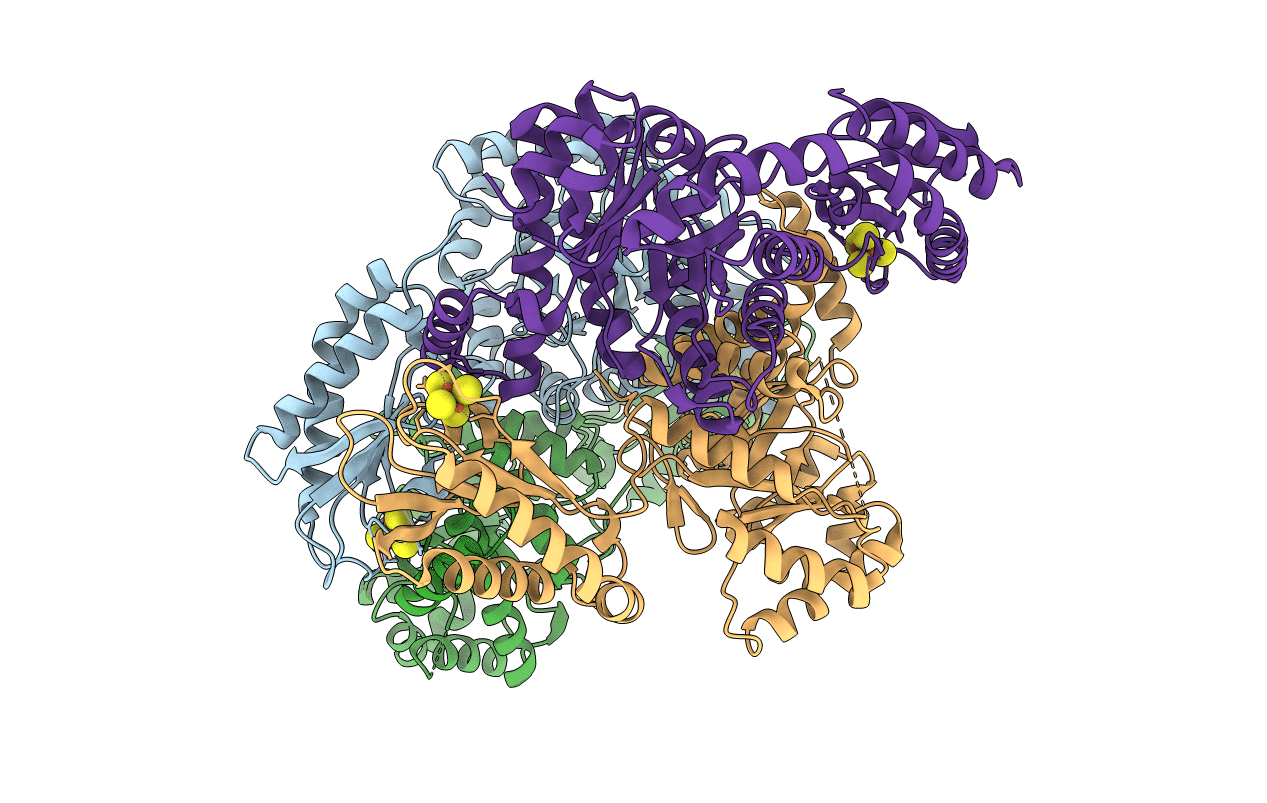
Deposition Date
2010-12-02
Release Date
2011-01-26
Last Version Date
2024-05-08
Entry Detail
PDB ID:
2Y0F
Keywords:
Title:
STRUCTURE OF GCPE (IspG) FROM THERMUS THERMOPHILUS HB27
Biological Source:
Source Organism:
THERMUS THERMOPHILUS (Taxon ID: 262724)
Host Organism:
Method Details:
Experimental Method:
Resolution:
2.50 Å
R-Value Free:
0.26
R-Value Work:
0.19
R-Value Observed:
0.20
Space Group:
P 1 21 1


